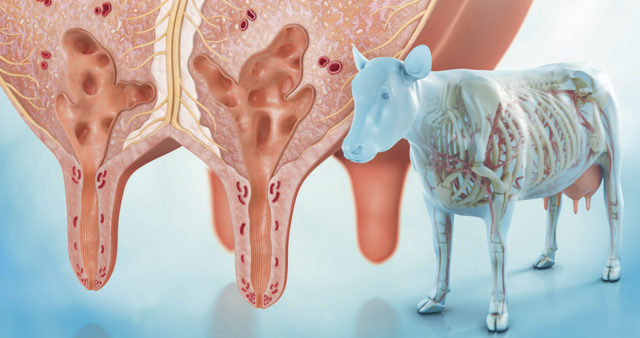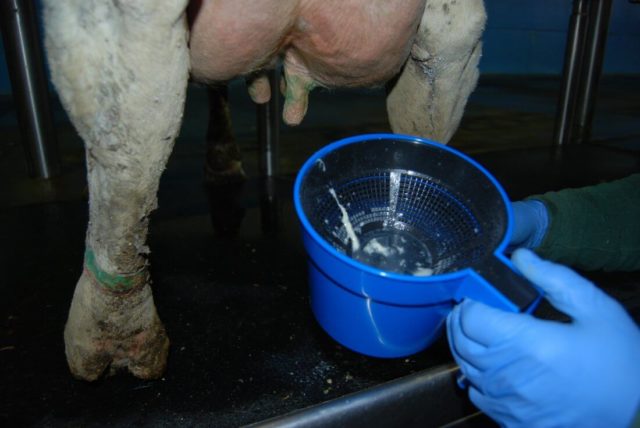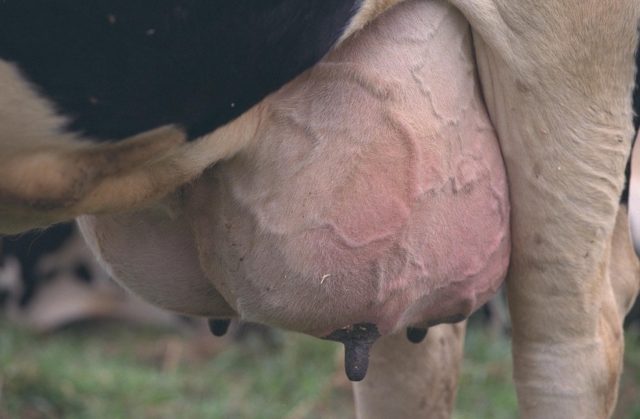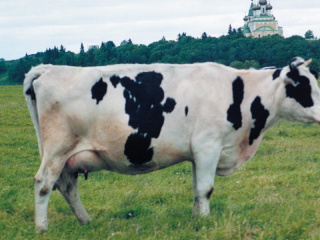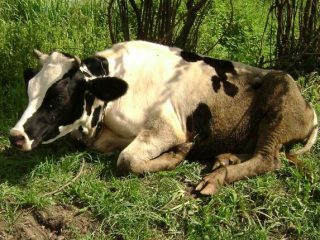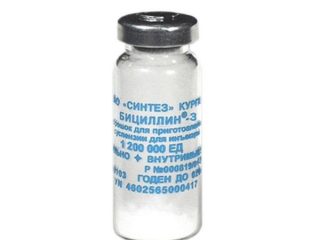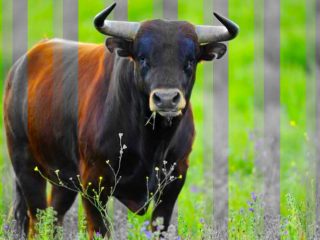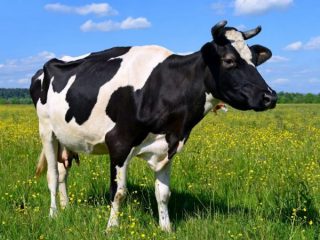Content
Catarrhal mastitis in cows is quite common. The first signs of catarrhal inflammation of the mammary gland in cows are difficult to determine even for an experienced specialist. To identify this disease, it is necessary to study the main signs and pathogenesis of the disease.
Pathogenesis of catarrhal mastitis in cows
Catarrhal mastitis in cows is most often a consequence of the occurrence of an inflammatory process on the skin of the teats and the epithelium of the teat canal as a result of injury to the udder, damage to the mucous membrane during rough milking. Pathogenic microorganisms enter the milk ducts and cistern through the nipple canal, less often through hematogenous and lymphogenous routes.
Catarrhal mastitis in cows can occur:
- in acute form lasting up to 10 days;
- in subacute form lasting up to three weeks;
- in a chronic form lasting more than a month.
The pathogenesis of catarrhal mastitis in cows, which occurs in an acute form, is characterized by degeneration, damage to the glandular and integumentary epithelium of the mammary gland with the formation of exudate and migration of leukocytes to the site of inflammation.
If not treated in a timely manner, the disease becomes subacute or chronic. The inflammatory process spreads and affects the alveoli of the mammary gland. Toxic waste products of pathological microorganisms – exo- and endotoxins – accumulate in the epithelium. Metabolic products lead to the death of glandular epithelial cells. Casein flakes and mucus impurities appear in cow's milk. After a few days, obstruction of the milk ducts is noted in the affected lobes of the mammary gland due to the formation of retention cysts and the proliferation of connective tissue.
Etiology of catarrhal mastitis in cows
The causes of catarrhal mastitis in cattle are considered to be:
- violation of zoohygienic standards and rules for keeping dairy cows;
- injuries to the udder and nipples;
- failure to comply with sanitary rules when milking;
- violation of machine and manual milking techniques.
It is unacceptable to keep dairy cows in damp, unventilated areas with poor temperature conditions. Stalls and boxes must be cleaned of manure and bedding updated daily. It is also unacceptable to express milk from cows with mastitis on the floor and bedding - this can provoke infection of the udder of healthy animals and relapse of the disease.
Before milking, it is necessary to inspect the animal for damage. Injured areas must be disinfected. Udder injuries are often a consequence of crowded housing, so the premises for keeping and walking dairy herds must be spacious.
Catarrh of the tank and milk passages often occurs when the rules of machine milking of cattle are violated, rough manual milking causes injuries to the udder. Catarrhal mastitis in cows often occurs in the first weeks of lactation. Often this form of inflammation of the mammary gland develops in first-calf heifers.
Clinical signs of catarrhal mastitis in cows
The first clinical signs of catarrhal mastitis in cows with inflammation of the milk ducts and cistern can be noticed on the 3-4th day. When palpating the lower quarter of the udder and the base of the teat, you can feel a pea-sized lump. At the beginning of the inflammatory process, milk expressed from the affected quarter has a heterogeneous watery consistency with flakes and crumbly casein clots. With catarrhal mastitis in cows, the milk acquires a yellowish or bluish tint. During subsequent milking, the milk has a normal uniform consistency and color.
By day 3-4, in the first portions of the secretion you can notice cheesy clots that fill the milk ducts and complicate the process of expressing. The cow does not experience pain when palpating the udder and milking; the general condition of the animal is not a cause for concern. Milk productivity in cows with catarrhal mastitis may decrease slightly.
The most dangerous form of catarrhal mastitis in cows is inflammation of the alveoli. Alveolar inflammation is accompanied by a deterioration in the animal’s condition, appetite and an increase in temperature to 40-41°C, and the pulse and breathing also increase.The affected quarter or portion of the udder increases slightly in volume. There is an increase in local temperature, hyperemia and pain on palpation of the udder. Milk secretion has a heterogeneous consistency with admixtures of mucous clots, flakes with a grayish or yellow tint throughout milking.
Treatment of catarrhal mastitis in cows
Treatment regimens for catarrhal mastitis in cows use hormonal drugs, painkillers and antibiotics. Before you begin to treat catarrhal mastitis in cows, the animal should limit feeding of succulent, concentrated feed, as well as watering.
The affected portion of the udder, first of all, must be freed from milk contaminated with pathogenic microorganisms and their waste products. During the day, it is necessary to milk the inflamed lobe of the udder 2-3 times manually. Before milking, it is necessary to lightly massage the udder towards the nipples.
Mucus clots accumulated in the mammary ducts and cistern are liquefied by introducing 40-50 ml of a warm soda solution (1-2%), followed by expressing for 15 minutes. 5-7 minutes before milking (nonpregnant cows) you can administer 25-30 units of oxytocin (subcutaneously) - this will allow for complete removal of the affected milk secretion from the areas of the mammary lobe. After expressing milk, 8-10 ml of Mastisan emulsion (A, B or E), heated to 36-38°C, must be injected into the affected part of the udder through the nipple canal once or twice a day.
Prognosis and possible complications
With timely diagnosis and proper treatment of the disease in the initial stage (5-7 days), the prognosis is favorable.The milk production of an animal after catarrhal mastitis is usually restored.
On the 10-15th day, the inflammatory process, if untreated, develops into catarrh of the alveoli of the mammary gland. The formation of multiple nodes and cysts leads to atrophy of the udder and obliteration of the milk ducts. In this case, milk production is not restored to its original level.
The first symptoms of catarrhal mastitis in cows, especially at the initial stage, are difficult to identify even for a veterinary specialist, so treatment for this disease is often prescribed when obvious signs and complications appear. The catarrhal form of mastitis most often occurs during the lactation period. During the dry period and the start-up period, the disease occurs less frequently. During the dry period, it is very difficult to determine the presence of the disease, and at the beginning of the next lactation, the pathological process worsens and passes into a clinical form.
Prevention of catarrhal mastitis in cattle
To eliminate the likelihood of this disease occurring, it is necessary to follow basic preventive measures:
- keep stalls and other places where dairy cattle are located clean (cleaning and disinfection);
- observe the temperature regime, avoid drafts;
- observe sanitary standards when milking cows by machine and by hand;
- timely and gradually introduce cows before calving;
- avoid crowded housing of animals to avoid udder injuries;
- express the first portions of milk into special containers with a mesh - this will help diagnose signs of mastitis and prevent infected milk secretions from getting on the floor.
For early detection of catarrhal and other types of mastitis in cows, it is necessary to regularly examine the udder and monitor the animal, which, in the event of a disease, will allow the veterinarian to draw up a medical history and prescribe treatment based on the data obtained.
Conclusion
Catarrhal mastitis in cows, like other forms of this disease, is dangerous because if treatment is delayed, part of the animal’s mammary gland may completely lose the ability to produce milk. Timely treatment and prevention of the disease, as well as compliance with zoohygienic standards for keeping dairy animals will help avoid the consequences of catarrhal mastitis.
